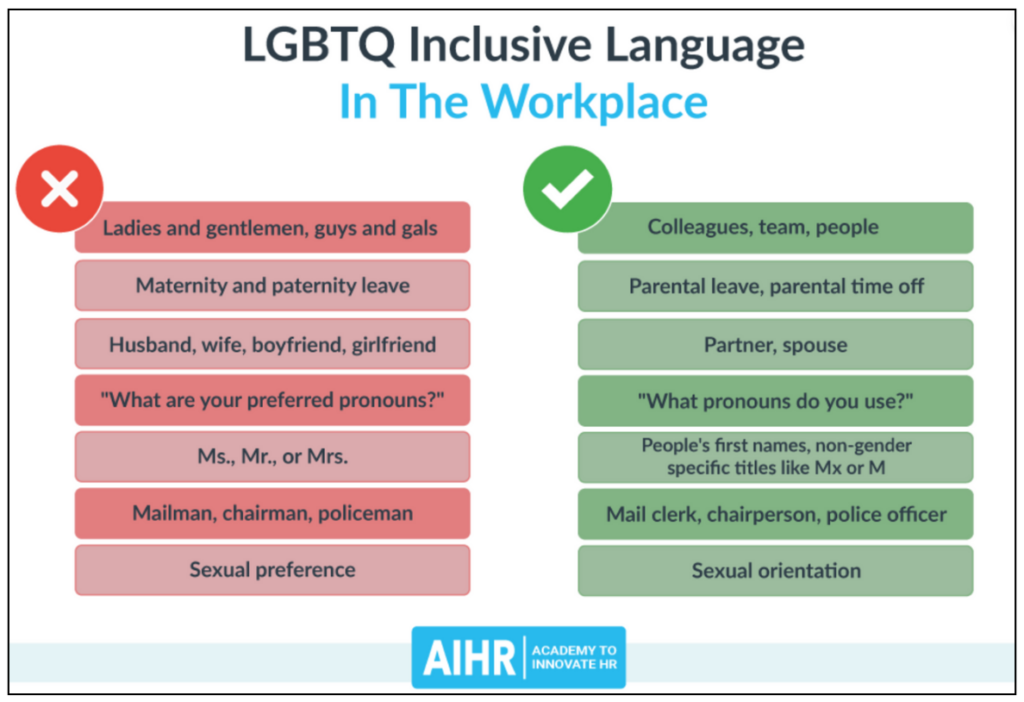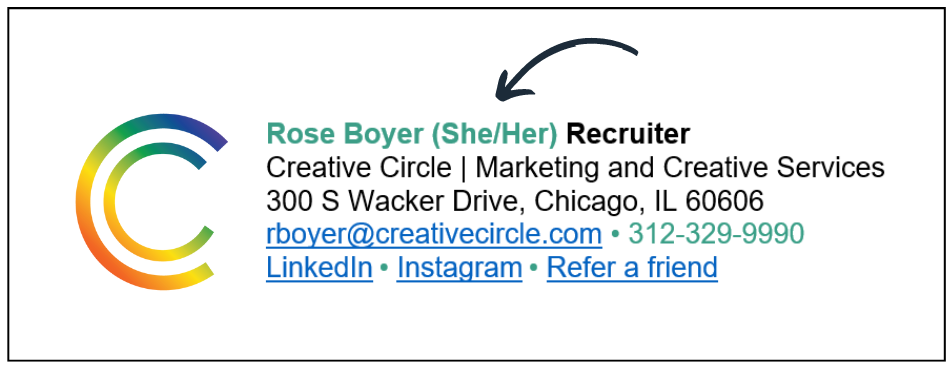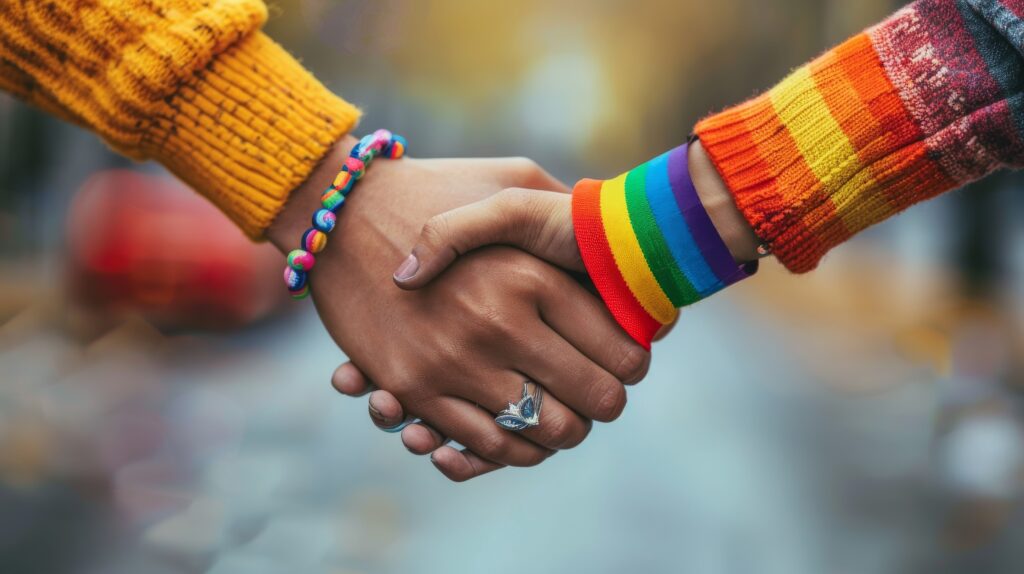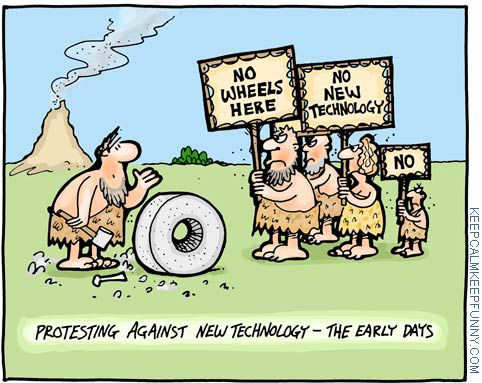Whether you’re an individual marketer or leading a team, “martech” is all the buzz right now. What does this term mean? And why are we talking about it? Let’s dive in.
What is Martech?
Martech, short for marketing technology, refers to the variety of tools that companies use to automate, streamline, and market their products and services. Google Ads, Sprout Social, HubSpot, Marketo, Salesforce, Asana, WordPress, Drupal, Power BI — it’s all martech.
An individual team’s collection of platforms is known as a “stack.” Martech stacks can range from simple to highly complex — with some enterprises having 20+ tools in their stack, according to our recent LinkedIn poll.
For additional perspective, we asked two martech experts to share how they define the term.
Greg Kihlström, an experienced marketing consultant and creator of The Agile Brand, a marketing technology podcast, says:
“Martech encompasses the platforms and processes that enable marketers to reach audiences using digital means. It serves a broad array of purposes — from collecting data, to displaying and distributing content and experiences, to reporting and acting on the results of the efforts.”
Voloria Pettiford, a Creative Circle freelancer and marketing consultant, says:
“To put it simply, ‘martech’ is the product of marketing tools and technology working happily together. There was a time when ‘digital marketing’ was trending. Martech is very similar — except now, automation, AI, and analytics have been added to the mix.”
Why are we talking about it?
Martech isn’t new; enterprises have been leveraging these tools for years. But in today’s world, leaders are turning a sharp focus to how the tools are used, how they work (or don’t work) together, and the impact it all has on the customer journey — an experience that matters now more than ever.
According to online software marketplace G2, the martech solutions marketplace has grown 27.8 percent year-over-year, increasing from just over 11,000 solutions in 2023 to more than 14,000 in 2024.
Greg says he’s seen a significant demand for martech consultation over the last six months. “Organizations — not just marketing teams — need assistance in understanding which martech tools are right for their company and how to make the best investments.”
For example, Greg explains how many organizations are struggling to meaningfully understand and utilize AI in their stack. He says, “I help them understand where AI-based tools and methods can make the biggest impact and achieve maximum ROI.”
Voloria’s sentiment is similar. She experienced a martech consulting boom in 2020 during the COVID pandemic, and it’s been steady since. “Leaders are reevaluating their platforms and the people on their teams,” says Voloria. “Most companies have martech tools, but they’re not using them properly, or they’re not investing in the right ones. They need help streamlining.”
Why is this significant?
No matter what technology a marketing team has at its disposal, it’s essential to have an experienced team of talent in place to get the most out of it. “If just one marketing operations employee is deploying multiple tools, it’s likely that each tool is not being used effectively, and that employee is probably on target to burn out fast,” says Voloria.
What good is the technology if teams don’t have the bandwidth to leverage it?
When marketing leaders source new talent these days, they’re increasingly looking for specialists with experience in the specific tools they’re using. And the smart hiring managers are looking not just for platform-specific expertise, but for candidates with a proven ability to quickly upskill and learn a variety of technical applications. That’s the best way to prepare for sustained success in our rapidly evolving digital environment.
If you’re a job-seeker, read this: Many digital marketing and creative functions have evolved to either focus on or heavily involve martech. The jobs our clients are looking to fill may not specifically call out “martech” in the job title or description, but you can bet you’ll be asked about your martech skills in the interview process. If you’re interested in learning more about how to position yourself for these trending roles, read this: Martech and Your Job Search: Trending Roles, Areas to Upskill, Tools to Master
Takeaway
Enterprises have their marketing technology under a microscope. They’re focusing on which tools make the most sense for their organization, how the tools work together, and where to make the best investments — including their talent.
If you’re an organization looking to streamline your martech, let us know. Whether you have a specific martech challenge to tackle, need a full team of support, or are just looking to fill one critical role, we’re here to help.
If you’re craving more on the latest trends in martech, join our conversation with Greg Kihlström and Voloria Pettiford during our upcoming webinar on Tuesday, August 6!
About the Author.
Kayleigh is a Creative Circle freelancer — when she’s not chasing around her two young boys or laughing at Corporate Natalie videos, she spends her time creating content for us! She specializes in sharing advice for our talent community, so if you’re a creative with an appetite for blogs on market trends, job search guidance, and freelance life, subscribe to our newsletter and follow us on LinkedIn to ensure you never miss the latest.





